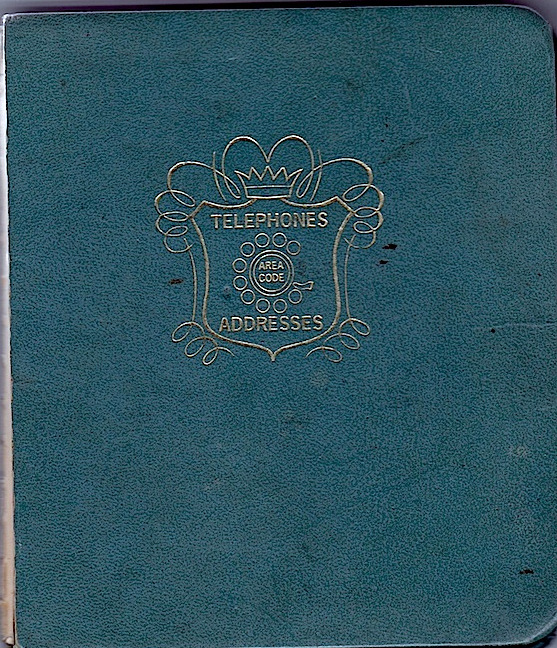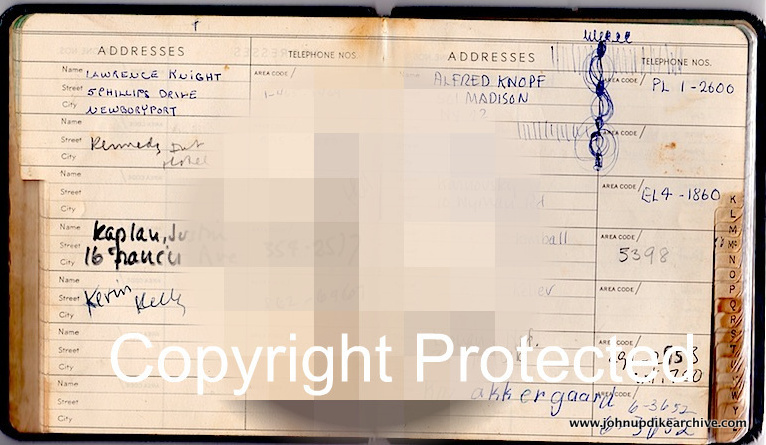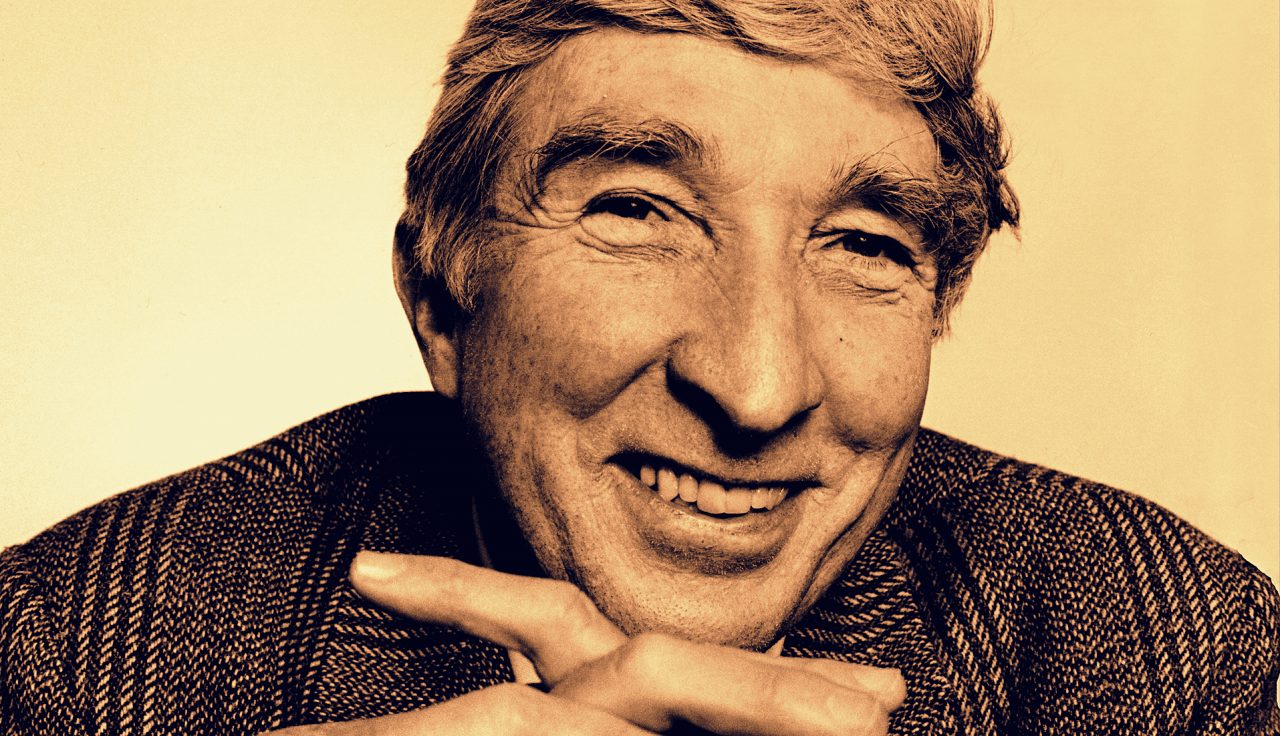Perfectionism is the enemy of creation, as extreme self-solitude is the enemy of well-being. John Updike
Telephone Poles
John Updike
They have been with us a long time.
They will outlast the elms.
Our eyes, like the eyes of a savage sieving the trees
In his search for game,
Run through them. They blend along small-town streets
Like a race of giants that have faded into mere mythology.
Our eyes, washed clean of belief,
Lift incredulous to their fearsome crowns of bolts, trusses, struts, nuts, insulators, and such
Barnacles as compose
These weathered encrustations of electrical debris¬
Each a Gorgon’s head, which, seized right,
Could stun us to stone.
Yet they are ours. We made them.
See here, where the cleats of linemen
Have roughened a second bark
Onto the bald trunk. And these spikes
Have been driven sideways at intervals handy for human legs.
The Nature of our construction is in every way
A better fit than the Nature it displaces
What other tree can you climb where the birds’ twitter,
Unscrambled, is English? True, their thin shade is negligible,
But then again there is not that tragic autumnal
Casting-off of leaves to outface annually.
These giants are more constant than evergreens
By being never green.
John Updike (b. 1932, d.2009)

The Telephone
the telephone is only
for emergency purposes.
It has taken me decades
but I have finally found out
how to say no.
Now dont be concerned for them,
please: they will simply dial another number.
It could be yours. Charles Bukowski

I am drawn to the aesthetic of a hand-worn book—say the way that a book has been taped lovingly together, or one that speaks of someone having handled it for a very long time as a precious object. I am also attracted to the marginalia in books and how there is this whole other intimacy and world within books that go beyond the story and the work of the original author. And then, you know, you see that these intimate precious objects are then dumped – Jacqueline Rush Lee
Song for Andy Warhol (Hes a Pole!)
The Protestant Work Ethic and The Repetition of Catholic Iconography
John Updike and fellow Pennsylvanian Andy Warhol were the premier interpreters of the second half of the 20th century. There are many documentarians from that period, but they were the leading artists who described the zeitgeist of their time. Their significance was largely due to their conviction, that there is a hidden radiance beneath the surface of ordinary life. They examined the smallest details as if they were worthy of our notice. They watched people and reported on their mundane concerns, and the signal artifacts of their consumption: from sex to soup, and from soup to nuts (Planters Peanut Bars)*.
In the Poor House Fair, Updike finds epic subterranean tensions and spiritual warfare, within the the most tedious environment imaginable: a home for the elderly and the indigent. Warhol celebrated the common, the pedestrian, and the ordinary with the same fascination as he vetted movie stars. He recognized that a humble bottle of Coke provided the same democratic pleasure to those who could scrounge a dime, as it did for the most discerningly thirsty aristocrat.
Whether incidentally or by design, they both worked relentlessly to wrest cultural dominance from the continental elites. Although the work of both men was widely considered to be at times decadent, even pornographic, they were adamantly Christian. Though they were consecutively linked to the cool underground art world and the Playboy literati, they were decidedly and at times intentionally uncool. Their remaining relics have been collected, assembled and archived here, as the last bread crumbs of a trail that is rapidly going cold. People have, to a large degree, moved on. Social media postings, and a flood of internet images are reducing the impact of canvas works and complex literary constructions. The book in its traditional form, is itself at risk of becoming entirely digitized. No one has managed to impact the world through artistic imagery like Andy Warhol. John Updike has few promising heirs on the horizon, with perhaps the noted exception of Martin Amis. Their fully harvested talents, and the essence,meaning, message, and the medium of their vast production, will one day be revisited as their corpus remains un-succeeded.
There is a code that is contained within the works of both of these artists. It can be easily cracked if one cares to pause and consider their themes. It may be deciphered with the most elementary decoder ring, retrieved from a mass produced, cartoon festooned box of cereal. You only have to reflect upon their intentions and to look carefully at their work. It is militantly Christian, as well as democratically and singularly American. It might be useful for us to look back upon their works, and reconsider our collective moral compass. They are asking us to renew the spiritual template of our traditions. To be neither shrill nor angry, and to honor the reasonability and moderation contained within the Western canon as described by Harold Bloom. We are prompted to return to an Orientalism that presumes that our Western heritage, rooted in the Judeo-Christian ethos is, well, bettermuch better. So encouraged, we may hopefully avoid a glittery self-deifying neo-paganism.
Their code is an allegiance to New Testament values: a crack of daylight revealed between the tribal legalism of Orthodox Judaism and Islamic Fundamentalism. The subtext of these artists works promote Western values in the context of a society based upon the classical Liberal tradition. Paradoxically, these pornographers sought to rescue American culture from further entropic moral abstraction and decay. They tried to make us see, that despite their respect for multicultural diversity, some ideas are clearly better than others. Western Jeffersonian democracy and the Rights of Man are held up, as superior models of human organization. They are opposed to centralized governments and the rough trade of utopian fantasies for absolute governmental hegemony. Updike s book, Terrorist gently (Christopher Hitchens would say far too gently in his review) inspires us to prepare to defend ourselves against theocratic fatwa issuing Caliphates, and not assume that we will prevail next time by returning to the pacific flower baiting of the Summer of Love (See Updikes tract: On Not Being A Dove).
Updike and Warhol embrace and celebrate the pagan elements of our American culture. Updike says their pleasures rival at times, the non-temporal and most worshipful Christian hope. In his book: In the Beauty of the Lilies, Updike demonstrates how the glamour and storytelling parables of film, gave the saving rituals of Christian liturgy and collective prayer a literal run for their money. These men were fascinated by our pagan heritage, studying it with the eyes of cultural anthropologists. Still they remain ever mindful to never let the servant become the master. If these values are not explicitly proselytized within their work, they are everywhere implied. -Paul Moran
Capitalism is an art form, an Apollonian fabrication to rival nature. It is hypocritical for feminists and intellectuals to enjoy the pleasures and conveniences of capitalism while sneering at it. Everyone born into capitalism has incurred a debt to it. Give Caesar his due. -Camille Paglia
My generation of the Sixties, with all our great ideals, destroyed liberalism, because of our excesses. -Camille Paglia
The Observer Now Observed
In addition to glimpses of the artist solving technical problems are materials that lay bare a sturdy foundation of background research. There are half-century-old snapshots of storefronts in Reading, Pa., the model for Rabbit’s hometown of Brewer, along with 1980s clippings from The Reading Eagle. There are also photocopied pages from medical books on heart disease as well as correspondence from a boyhood friend, a surgeon, who offered to arrange for Updike to observe an angioplasty procedure. (Rabbit undergoes one, described with clinical precision.)
And there is a memo from a researcher catching Updike up on current sales and commissions at Toyota franchises of the kind owned by the Angstrom family, along with photocopied pages from a handbook on car salesmanship, with Updike’s marginal notes, and several pages (obtained through the Federal Highway Administration) showing sample Florida license plates. Other folders include a jotted list of basketball moves (“double-pump lane jumper”) and a letter from Bob Ryan, a sportswriter for The Boston Globe, summarizing the career of the 1980s N.B.A. dunk-shot specialist Darryl Dawkins.
There is even a wrapper from a Planters Peanut Bar*, as lovingly preserved as a pressed autumn leaf, evidently used by Updike to describe the moment when Rabbit, addicted to high-cholesterol junk food, greedily devours the candy and then, still unsatisfied, “dumps the sweet crumbs out of the wrapper into his palm and with his tongue licks them all up like an anteater” — an early warning that he’s headed for a heart attack. – John Updike’s Archive: A Great Writer At Work By Sam Tanenhaus New York Times, June 20, 2010
Song for Andy 2
To believe the envious Truman Capote, Andy was a Sphinx without a secret. In fact, he did have a secret, one that the kept dark from all but his closest friends: he was exceedingly devout so much so that he made daily visits to the church of Saint Vincent Ferrer on the Upper East Side of Manhattan Although famously thrifty, he was also secretly charitable. Besides giving financial support, he often spent evenings working in a shelter for the homeless run by the Church of the Heavenly Rest. It was not soppy social consciousness or guilt that prompted Andys good works; it was atavism as personified by his adored and adoring mother, the pious Julia. John Richardson [from “Warhol at Home” in Sacred Monsters, Sacred Masters (London: Pimlico, 2001), p. 247-8]:
Nude Photo of Jackie Kennedy Onassis Found Among Andy Warhol’s Possessions
